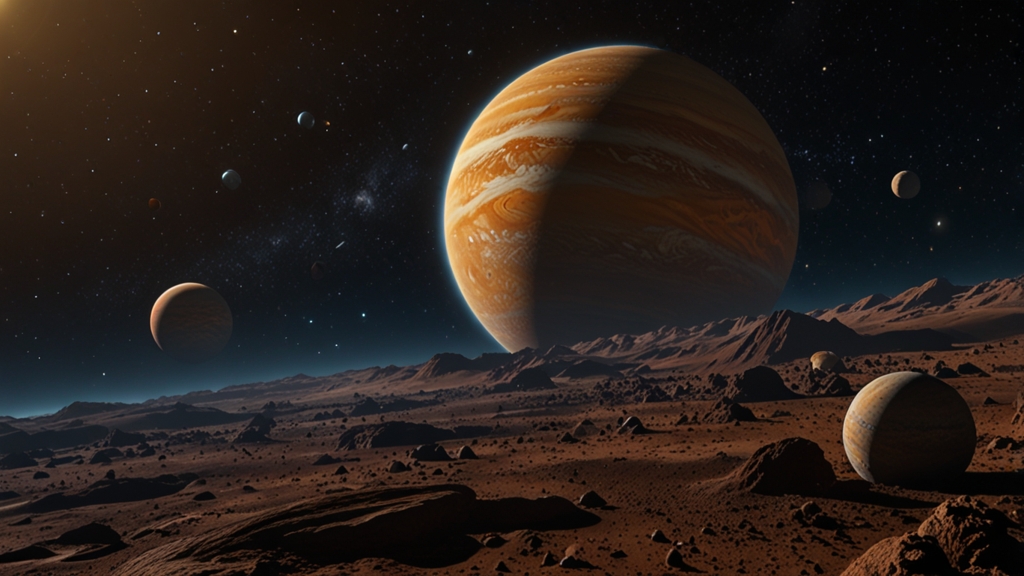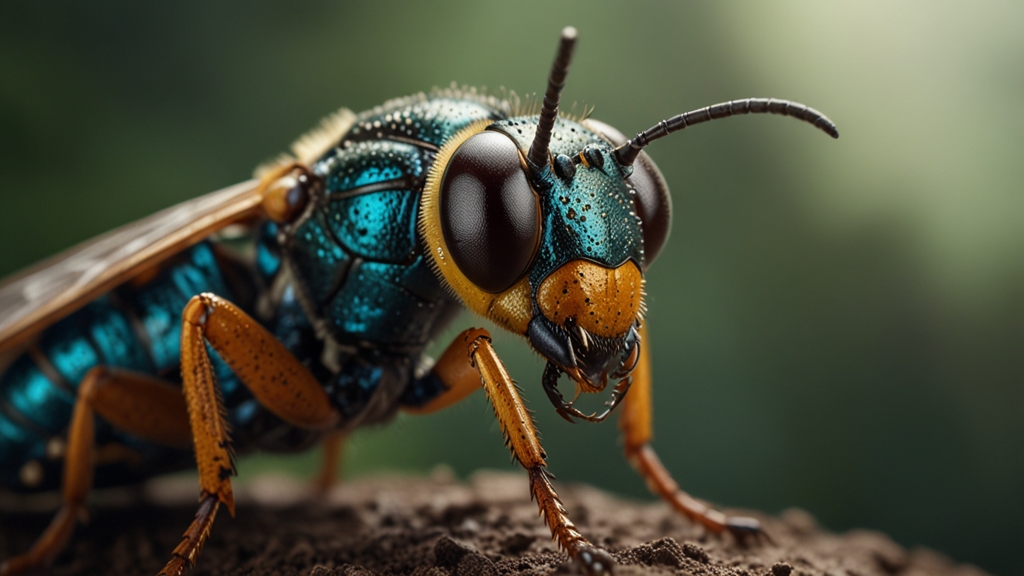The Science of Love: What Happens to Your Body When You Fall in Love
Falling in love is an exhilarating experience that has both poetic and scientific explanations. While the heart is often symbolized as the epicenter of love, it's the brain and a cascade of biochemical reactions that orchestrate the symphony of emotions we associate with this profound feeling. Let's delve into the science of love and explore what happens to your body when you fall in love.
The Chemical Cocktail
Love triggers a unique combination of chemicals in the brain, creating a sense of euphoria and attachment. Neurotransmitters like dopamine, oxytocin, and serotonin play pivotal roles in the process:
- Dopamine: Known as the "pleasure chemical," dopamine is heavily involved in rewarding behaviors. It creates feelings of bliss and motivation, which is why new lovers often feel an intense desire to be close to each other.
- Oxytocin: Often referred to as the "love hormone" or "cuddle hormone," oxytocin fosters bonding and affection. It's released during physical intimacy, such as hugging, kissing, or sexual intercourse, enhancing emotional connection.
- Serotonin: This neurotransmitter contributes to feelings of happiness and well-being. However, during early stages of love, serotonin levels can fluctuate, sometimes leading to obsessive thoughts about one's partner.
Physical Responses
The body exhibits various physical manifestations when in love:
"Love looks not with the eyes, but with the mind, And therefore is winged Cupid painted blind." - William Shakespeare
Heart Rate and Stress Levels
When you see someone you love, your heart may literally skip a beat, thanks to the autonomic nervous system's response. The adrenaline and norepinephrine surges can cause physical symptoms such as an increased heart rate, sweaty palms, and even a feeling of nervousness or excitement. Although stress levels can rise during the initial stages of falling in love, prolonged exposure to oxytocin helps reduce stress and promote a sense of calm and attachment.
Changes in Brain Activity
Functional Magnetic Resonance Imaging (fMRI) studies have shown that falling in love activates areas of the brain associated with reward, motivation, and emotion regulation. When people see pictures of their romantic partners, increased activity is observed in the ventral tegmental area (VTA) and the caudate nucleus, which are rich in dopamine receptors.
"Being deeply loved by someone gives you strength, while loving someone deeply gives you courage." - Lao Tzu
The Long-Term Effects
While the initial rush of falling in love is intense, the body gradually adjusts to a more stable state of attachment and lasting love. The brain doesn't continue to flood itself with dopamine indefinitely. Over time, oxytocin and vasopressin come to play more significant roles in sustaining long-term attachment, trust, and loyalty.
The Role of Evolution
From an evolutionary perspective, love serves to strengthen pair bonds necessary for raising offspring. The hormonal changes not only enhance social bonding but also increase the likelihood of cooperative behaviors, thereby improving the chances of survival for both individuals and their offspring.
Conclusion
Love is a complex, multifaceted emotion that affects both the mind and body. Understanding the biochemical and physiological changes that occur when one falls in love provides a deeper appreciation for this common yet extraordinary human experience. So, the next time you feel your heart flutter at the sight of your loved one, know that there's a fascinating world of science at play behind those intense emotions.









